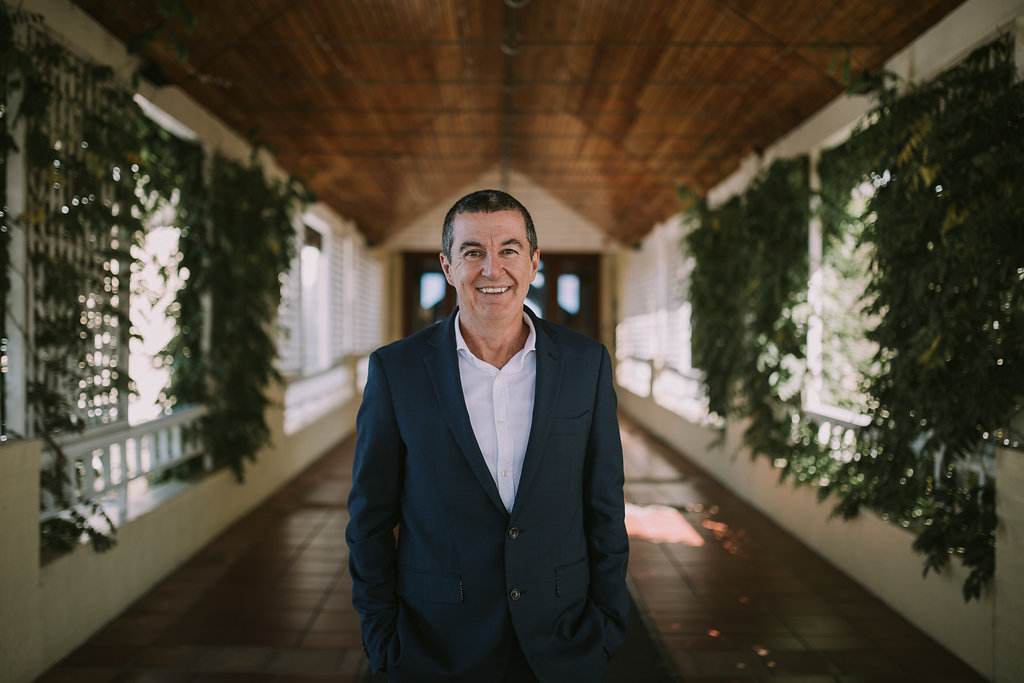Trading local energy was the topic of discussion at Katoomba’s March 2017 Big Ideas Futures Forum: a Blue Mountains Living Lab initiative co-hosted by the Blue Mountains Youth Summit. The idea is that if you have solar panels and storage batteries you can trade your solar energy on a virtual a platform that connects you with community members who want to buy it. If you are concerned about rising energy prices, the platform offers the opportunity to purchase locally farmed clean energy at a competitive rate.
Nexergy founded by Darius Salgo and Grant Young, is creating a fairer energy system, where individual investment in renewable energy is rewarded and more sustainable living can be made available to all. Similarly to 'Airbnb', Nexergy’s local energy trading platform is "a win-win: those with solar and batteries get better returns, and buyers reduce their energy costs”.
The concept is not new for other parts of the world, but Nexergy is introducing the benefits to communities around Australia and developing a following that will hopefully create more inspiring success stories. Grant Young points out that Australian rooftop solar energy now exceeds Snowy Hydro Scheme production. Bloomberg New Energy Finance forecasts that by 2040 a third of Australia’s energy supply will be produced "behind the metre": from privately-owned PV solar systems.
An example of this trend is Leura's Fairmont Resort. Whilst their monthly December Red Energy bill was $27, 630, hypothetically speaking, if the Fairmont connected to Nexergy it could purchase excess community generated solar energy when need at a fairer price potentially reducing energy costs by up to 20%, saving approximately $5,000 per month.
Since purchasing the resort seven years ago, the Schwartz Family Company has invested in energy efficient modifications and upgrades including new cooling towers for the air-conditioning system, variable speed drives, energy monitoring throughout the resort by sub-metering all electrical metering points, LED lighting, a ‘smart’ system allowing lights and air-conditioning to be turned off in rooms when empty and for ambient room temperature to be varied according to the outside temperature. There was also a complete overhaul of the indoor and outdoor pools’ filtration equipment, waste management procedures were implemented in commercial kitchens, and education and training of staff members have ensured best environmental practice in the workplace.
Sustainability Manager Paul Briggs says that after the initial upgrades were completed, and since joinig the Low Carbon Living Ble Mountains the decision was made to take advantage of the government’s STC scheme - Small scale technology certificates, and invest in a 100Kw photovoltaic solar system, incorporating 384 x 260w panels. Completed in June 2016, the system was installed by Earthconnect and covers the entire roof space of the resort. An additional 30Kw system was installed on the roof of the newly acquired Leura Golf Clubhouse also on the premises. Collectively, the solar panels generate an annual energy yield of 153,63MWH (Spec Energy Yield of 1543kwh/kWp), saving 155,658Kg of green house gas emissions.
Fairmont’s generated solar energy is used internally, but it does not meet the quantity of energy required to wholly supply the resort. Paul Briggs argues the Fairmont is not yet willing to invest in battery storage because, for unlike a residential property, “in a large resort the HVAC (heating, ventilation and air-conditioning) usage is high and payback and energy savings are not there yet”. Shoulder peak and off peak are when the most energy is consumed.
For Paul Briggs the Fairmont Resort will continue to work on sustainable initiatives that supply a good ‘Return on Investment’, and may consider supporting community-based solar energy production if it proves reliable, profitable and sustainable. There’s a bright future for a solar energy market energy market in the Mountsins, and the wait should't be long.

